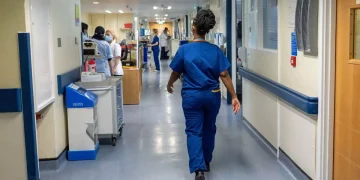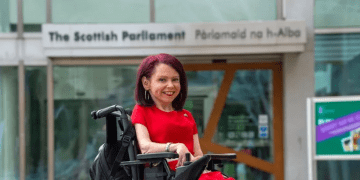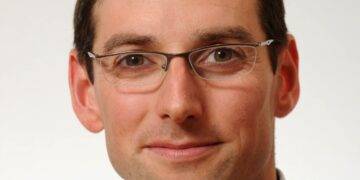A major step toward the personalisation of cancer treatment was made by an analysis of thousands of tumours that uncovered a treasure trove of clues about how the disease is caused.
It is the first time it has been possible to detect patterns in cancer DNA, said researchers.
The patterns – called mutational signatures – provide clues, including about whether a patient has had exposure to environmental causes of cancer such as smoking or UV light, for example.
This is important as these signatures allow doctors to look at each patient’s tumour and match it to specific treatments and medications.
However, these patterns can only be detected through the analysis of the vast amounts of data unearthed by whole genome sequencing – identifying the genetic make-up of a cell.

(Image: Getty Images/iStockphoto)
Principal author Serena Nik-Zainal is a professor of genomic medicine and bioinformatics at the University of Cambridge and an honorary consultant in clinical genetics at Cambridge University Hospitals.
She said: “It’s like looking at a very busy beach with thousands of footprints in the sand.
“To the untrained eye, the footprints appear to be random and meaningless.
“But if you are able to study them closely, you can learn a lot about what’s been going on, distinguish between animal and human prints, whether it’s an adult or child, what direction they’re travelling in, etc.
“It’s the same thing with the mutational signatures.
“The use of whole genome sequencing can identify which ‘footprints’ are relevant/important and reveal what’s happened through the development of the cancer.”
Researchers analysed the complete genetic make-up or whole genome sequences (WGS) of more than 12,000 NHS cancer patients.
They were able to spot 58 new mutational signatures, suggesting that there are additional causes of cancer that are not yet fully understood.
Prof Nik-Zainal said: “The reason it is important to identify mutational signatures is because they are like fingerprints at a crime scene – they help to pinpoint cancer culprits.
“Some mutational signatures have clinical or treatment implications – they can highlight abnormalities that may be targeted with specific drugs or may indicate a potential ‘Achilles heel’ in individual cancers.”
Dr Andrea Degasperi, research associate at the University of Cambridge and first author, said: “Whole genome sequencing gives us a total picture of all the mutations that have contributed to each person’s cancer.
Did you know you can keep up to date with the latest news by signing up to our daily newsletter?
We send a morning and lunchtime newsletter covering the latest headlines every day.
We also send coronavirus updates at 5pm on weekdays, and a round up of the week’s must-read stories on Sunday afternoons.
Signing up is simple, easy and free.
You can pop your email address into the sign up box above, hit Subscribe and we’ll do the rest.
Alternatively, you can sign up and check out the rest of our newsletters here.
“With thousands of mutations per cancer, we have unprecedented power to look for commonalities and differences across NHS patients, and in doing so we uncovered 58 new mutational signatures and broadened our knowledge of cancer.”
The findings are now being incorporated into the NHS as researchers and clinicians now have the use of a digital tool called FitMS that will help them identify the mutational signature and potentially inform cancer management more effectively.
This research was supported by Cancer Research UK and published in the journal Science.
The genomic data was provided by the 100,000 Genomes Project, an England-wide clinical research programme to sequence 100,000 whole genomes from around 85,000 patients affected by rare disease or cancer.
Michelle Mitchell, chief executive of Cancer Research UK, said: “This study shows how powerful whole genome sequencing tests can be in giving clues into how the cancer may have developed, how it will behave and what treatment options would work best.”
Professor Matt Brown, chief scientific officer of Genomics England, said: “Mutational signatures are an example of using the full potential of WGS.
“We hope to use the mutational clues seen in this study and apply them back into our patient population, with the ultimate aim of improving diagnosis and management of cancer patients.”


















































